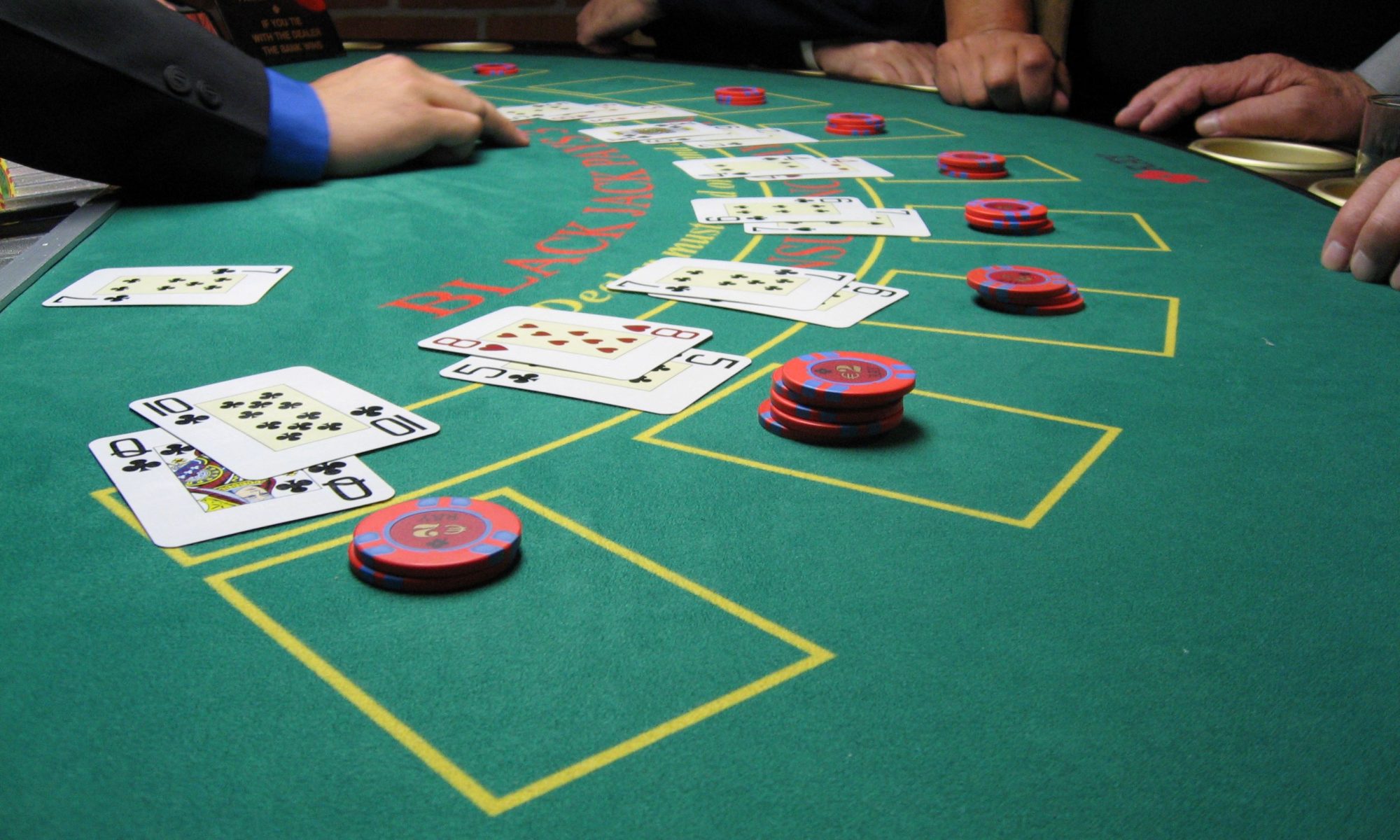Week 7 Status Report
For the past two weeks, I have been working on an improved design for the angling of the camera in the Blackjack Buddy mechanism. I have started to create a CAD model for the product, and hope to finish it by the time the next status report is written. I have also continued to work on the algorithm for betting strategies with Joe. The idea is that we will have a module that acts as a function for this algorithm, and the goal is to make this module as portable as possible so that an integration into the entire design will be as seamless as possible.
Week 6 Status Report
Since last week, I started creating some sketches of the chamber that will house the camera and jetson device. The purpose is that we need a stable container that can hold the camera at any angle we desire (since we likely need to tilt the camera down to see the table cards) and also we want to hide the details of our product for the consumer. The idea that I was thinking of was a box with a lid that can freeze in place due to a handle on the hinge. The idea is that turning the hinge tighter will hold the lid in place. I would also need small attachments on the front side to keep the camera from simply falling out. The jetson should also be secured in the chamber at the bottom. It is important that the wires only come out at the bottom of the backside, so that our product is more portable. I also started working with Joe on the processing, specifically with regards to the amount that should be bet when the count is at a certain number. I am still on schedule, and next week, I should finalize the chamber plans (via SolidWorks likely), work on a possible CUDA kernel (though I need to work with Nicholas first to determine if that is needed to meet latency goals), and continue working through processing bets.

Week 5 Status Report
After items were picked up, I wanted to set up the camera and Jetson together to make sure they work, since initializing devices can often have compatibility problems. The first step was to flash the SD card with the image for the Linux operating system. Then, I inserted the microSD into the Jetson and connected the Jetson to a monitor. There were several issues with setup on the first attempt, related to running “sudo apt-get update.” This required me to flash the microSD, and to not update. I downloaded a demo program with “DepthAI” (which we likely will not use on the first attempt of writing code), and connected the camera. The result was a (somewhat) functional object detection. Currently, I am on track, since I anticipated setup to take more debugging efforts. Now, we can begin to run some smaller sample computer vision programs to determine the accuracy of card detection. I can also start profiling different methods of card detection, such as machine learning (which can usually guarantee a higher accuracy) and computer vision (which can be simpler but with no guarantee of accuracy).

This product meets needs with consideration to social factors. Blackjack can be and is often a social activity. Many people going to the casino will go with friends or family, and playing blackjack is often a bonding experience, since a game involving both luck and skill will usually prompt discussion between members of the table, with feelings of jubilation (winning a hand), disappointment (a correct play leading to a loss), or surprise (a misplay or a lucky card). Our product, which aims to help a beginner player make the right decisions when playing, will also help the player take part in these discussions and therefore increase their social interaction with friends and family. Even a person who goes alone can start interacting with other players (including the dealer as is often the case), and maybe make some friends along the way.
People also play blackjack with their friends at home, and it is possible that a beginner who isn’t confident enough in their skills to bet money will feel alienated. This product can help the beginner start making the right moves in blackjack and increase their confidence, enabling them to start betting and also having fun with their friends.
Week 4 Status Report
Over the past week, I have been exploring options for camera models. The camera is an integral piece to our project, and since we have a goal of 90% accuracy for card identification, the choice of camera is very important. Out of the many options, one option I found was the Intel RealSense camera series. These cameras have sub-millimeter accuracy, which is sufficient for us, since this camera will be on a short tripod close to the hands of cards. Out of the many options, I settled upon the D435 model, a camera that records at 90 frames per second, with RGB capabilities, and a USB-C connector. Also, I have been researching videos on how to interface the Jetson Nano with the camera. This is a common practice that people do, so there is support for if we run into issues. I am currently on schedule. Early next week, we will place the order for the camera (unless the ECE department has one, in which case we will borrow one), and then we can start testing data transfer with the Jetson Nano with a small sample program. Then, we can start developing the ML model for identifying cards.
